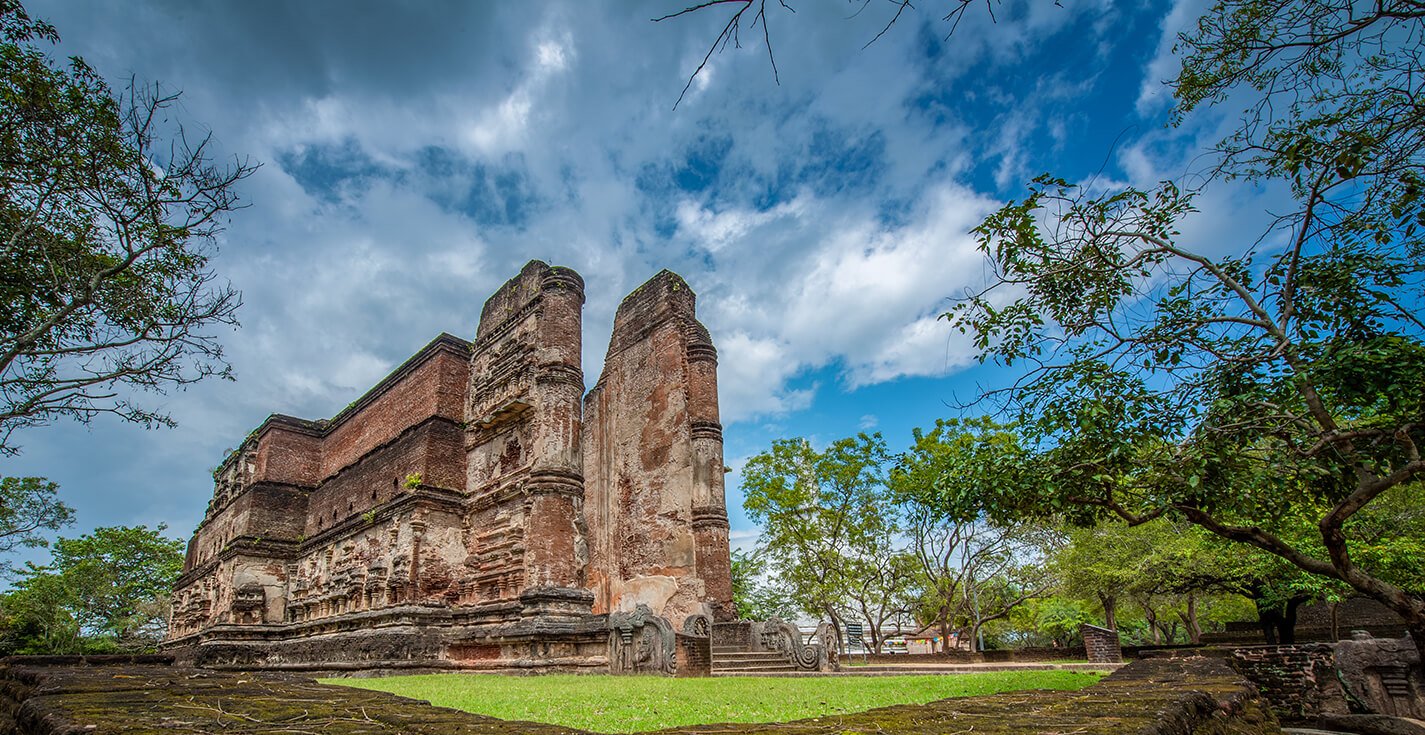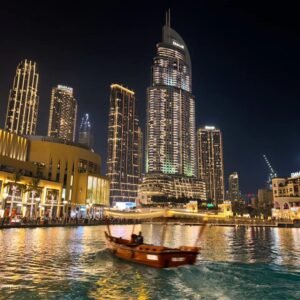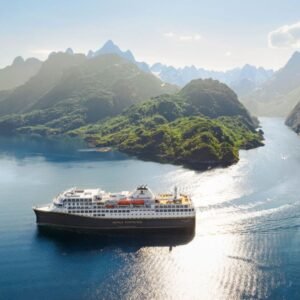
The ancient city of Polonnaruwa, one of Sri Lanka’s proudest historical sites, offers a time-travel experience into a kingdom brimming with cultural grandeur, architectural marvels, and spiritual sanctuaries. Nestled amidst lush greenery and serene water bodies, Polonnaruwa is an invitation to step back into the 12th century—a time when it flourished as the royal capital under the reign of King Parakramabahu I, one of Sri Lanka’s most revered monarchs. For foreign visitors and local history enthusiasts alike, Polonnaruwa represents more than ruins; it’s an interactive canvas of royal intrigue, artistic mastery, and spiritual devotion that still resonates today.
The Glories of Polonnaruwa’s Past: Not Just Ruins, But Stories Untold
Once you set foot in Polonnaruwa, you’re greeted with sprawling gardens, stupas, and stunning Buddha statues, each narrating tales of craftsmanship and spirituality that have survived the test of time. The city’s planning alone, with its precise irrigation systems and vast reservoirs like the Parakrama Samudra, is a testament to the architectural genius of ancient Sri Lankans. Here, one can wander through the sacred quadrangle, marvel at the Gal Vihara’s iconic rock-carved Buddhas, and pay respects at the towering Lankatilaka temple.
As you explore the site, imagine the city alive with the buzz of royal ceremonies, monks in saffron robes, and artisans working on intricate carvings. The Vatadage, with its circular relic chamber, stands as a magnificent example of ancient Buddhist architecture, while the Shiva Devalayas highlight Polonnaruwa’s rich cultural integration, showcasing the coexistence of Buddhist and Hindu influences.
Highlights of Polonnaruwa
- Gal Vihara: Famous for its massive rock-carved Buddha statues that exude a sense of peace and strength, especially the reclining Buddha, a 14-meter-long masterpiece that captures a serene moment of the Buddha entering parinirvana.
- Parakrama Samudra: This massive artificial lake, also called “The Sea of Parakrama,” highlights the advanced irrigation system that once nourished Polonnaruwa and its surroundings. You can relax here, soaking in views that blend nature with ancient ingenuity.
- Royal Palace Complex: The remnants of King Parakramabahu’s palace complex once boasted seven stories and over a thousand rooms, giving a glimpse into the scale and opulence of the royal lifestyle.
- Sacred Quadrangle: A unique square filled with shrines and ruins, including the Vatadage, an intricately designed circular relic house that once housed the Sacred Tooth Relic.
Distances to Polonnaruwa
- From Colombo City: Approx. 228 km (5–6 hours by car)
- From Colombo Bandaranaike International Airport (Katunayaka): Approx. 214 km (4.5–5 hours by car)
- From Kandy City: Approx. 140 km (3–3.5 hours by car)
- From Galle City: Approx. 327 km (6–7 hours by car)
- From Mattala Rajapaksa International Airport: Approx. 302 km (5.5–6 hours by car)
Transportation Options to Polonnaruwa
- By Road: Driving from Colombo or other major cities to Polonnaruwa allows flexibility, with scenic stops in the countryside.
- By Train: A scenic train journey from Colombo to Polonnaruwa provides a leisurely view of Sri Lanka’s landscape, though the train only runs a few times daily.
- By Bus: Buses from Colombo and other cities are frequent, budget-friendly, and offer a unique local experience.
- By Taxi: Hiring a taxi or a private car is ideal for those seeking comfort and a direct route.
- By Air (Domestic Flights): Although direct flights to Polonnaruwa are limited, you can book a domestic flight to Anuradhapura or Batticaloa and take a short drive to Polonnaruwa.
Why Polonnaruwa Should Be on Your Sri Lankan Itinerary
Polonnaruwa is not merely an ancient city; it’s a journey into the soul of Sri Lanka, where spiritual devotion, artistry, and history converge. Whether you’re an architecture enthusiast, history lover, or a traveler seeking deeper cultural experiences, Polonnaruwa offers countless stories waiting to be discovered.
Prepare to walk among centuries-old pillars, ponder the wisdom of past kings, and let the echoes of Sri Lanka’s heritage resonate in your heart.





